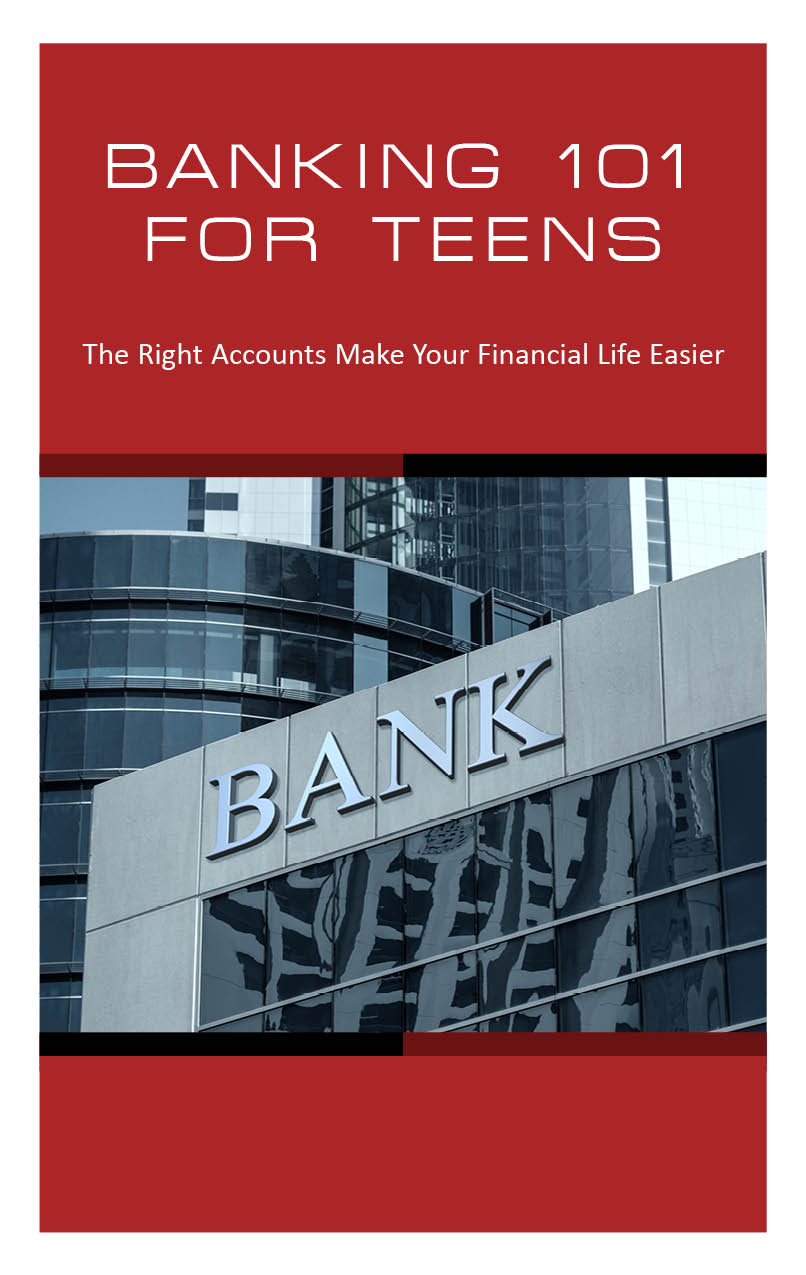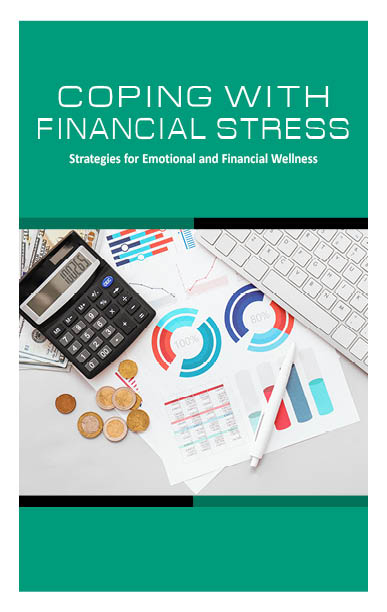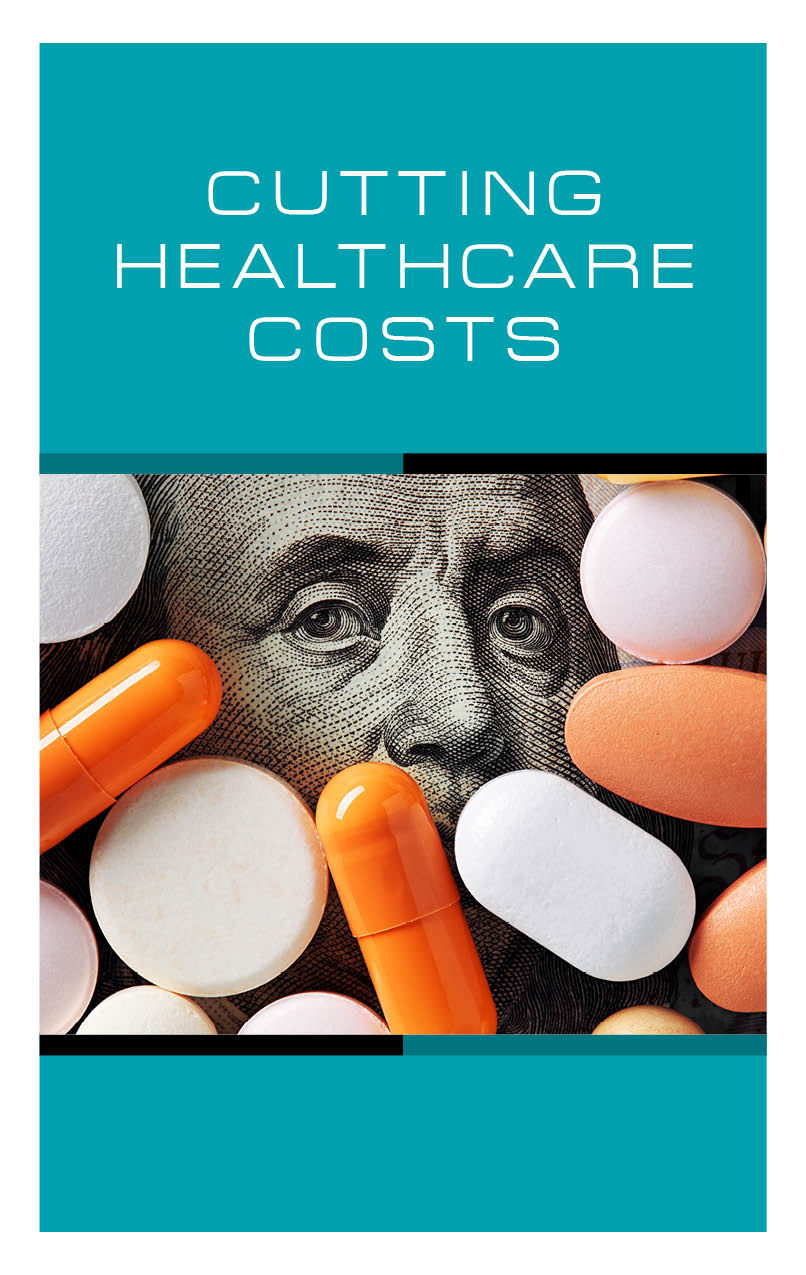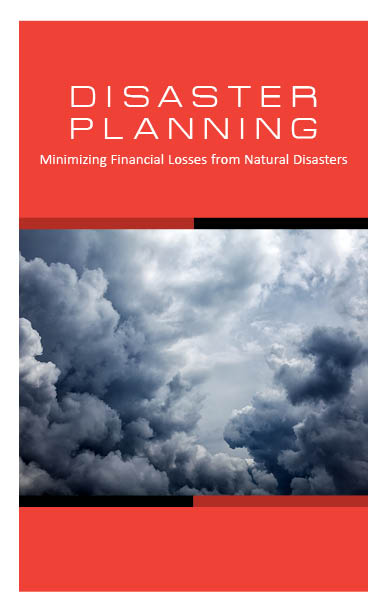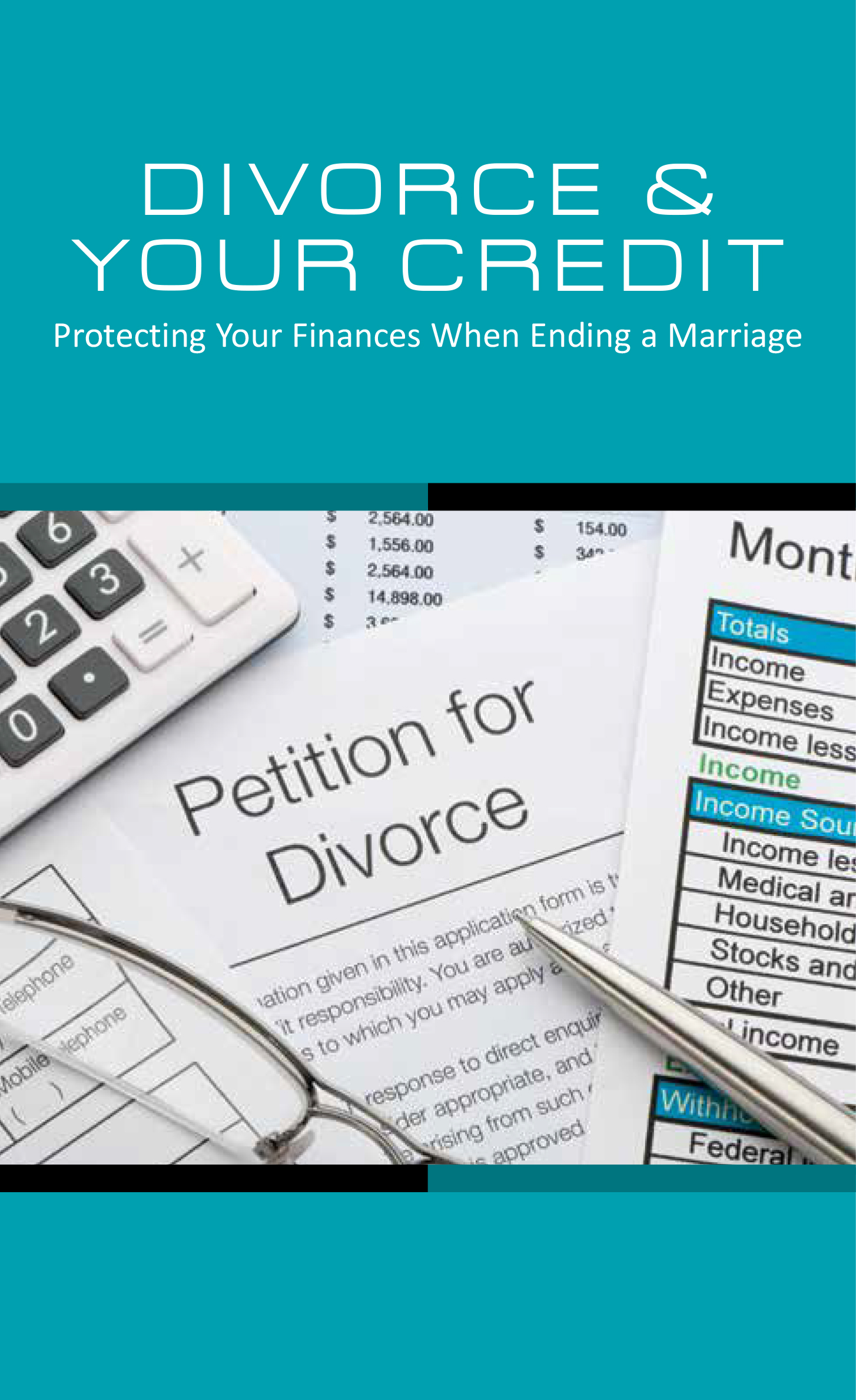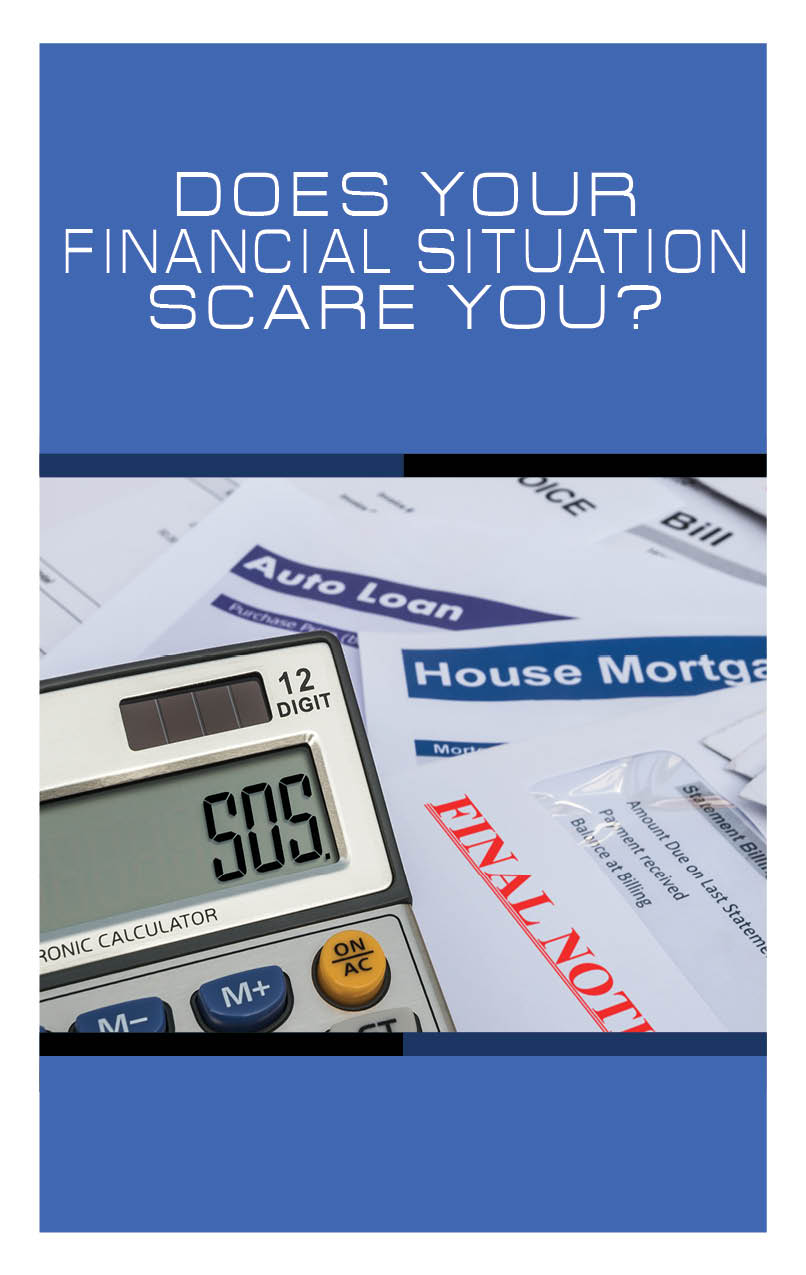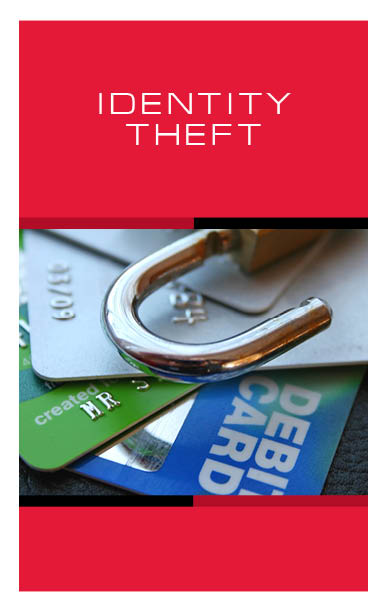Learn to plan for the worst before it happens.
Nearly 3 in 5 Americans can’t afford to pay for a $1,000 emergency.
That startling statistic comes from an annual report from the personal finance site Bankrate. Let’s put that in perspective: Most emergency room visits for an insured patient costs $1,100.
Car repairs? The auto experts at Cars.com say that most people pay $500 to $600 – and “1 in 3 motorists can’t pay it without incurring debt.”
Life is messy and expensive. Here’s how to save for emergency situations because let’s face facts: Accidents happen.
You can breathe a sigh of relief quicker when you plan for the unexpected. Below we break down how.
Why you need an emergency fund
Medical emergencies, home repairs, and even natural disasters are just part of life. People lean on credit cards when they don’t have cash on hand.
A 2023 survey of more than 1,000 Americans found 1 in 3 owe “more money in credit card debt than they have in savings.”
Saving for the worst is as smart as dieting and exercising today. If you protect yourself physically from a natural disaster, it makes sense to protect yourself financially.
Most finance experts recommend having at least five to six months worth of expenses set aside just in case an emergency happens.
5 ways to build emergency savings fast
1. Make a budget
Step No.1 to any financial goal: Bust out your budget. You can do this by pen and paper, or use a budgeting app like Mint or Tiller.
Take an audit of your finances: How much money are you earning and spending? Be realistic and track every little thing.
Set a list of priorities. There’s a big difference between your monthly grocery bill and your Netflix subscription. The lowest tier of most streaming services cost $7 to $8 per month. You can easily save $32 in your monthly budget by cutting four of them.
2. Make your own food and coffee
So you’ve taken inventory of your budget. Any cash you freed up can go to your emergency fund. At this point, you can get creative.
Do a “spending fast.” Are you a morning coffee-run type? Stop buying from a shop and start brewing it at home and work. The average price of a cup of coffee is now $4.90, according to research from the Wall Street Journal and NPD Group.
Amazon sells a 34-ounce canister of Folgers for $23. That’ll yield 270 cups of coffee. The math is a no-brainer. The same goes for your food budget.
A fascinating study shows restaurant meals cost 325 percent more than food made at home.
The average American eats out six times a week. The BLS says that adds up to $3,500 annually, or $300 per month. Plan your grocery store trips and weekly meals. Avoid food waste by saving what you don’t finish.
3. Open a bank account with a sign-up bonus
Big-name financial institutions like Bank of America and Wells Fargo offer sign-up bonuses of $100 to $200 for simply opening an account. Others like BMO and PNC pay $350 to $400.
Of course there are stipulations to each. Some want a minimum deposit of $25 – others require the account holder to receive $1,000 in direct deposits in the first three months. You need an account to stack up your emergency savings. Here’s an incentive to start and stick with it.
4. Set a direct deposit through work
Most companies can easily direct a portion of your pay to a designated account. Budget to set aside an amount as small as $50 per bi-weekly paycheck. In one year, that account will have $1,300. Double the contribution to $100 and you’ll have $2,600. You likely won’t even notice the money missing from each payday.
5. Work a side hustle
With rising inflation there’s been a rise in the number of Americans working side hustles. More than 4 in 10 currently bring in extra income on the side. That’s a 13 percent jump in the number of working multiple gigs since 2020. Even a job at $15 for an additional 15 hours per week, you’ll gross $1,800 before taxes. Your take-home pay will still likely generate another $1,000 you can throw directly into the emergency fund.
How to pay for an emergency without an emergency fund
Work around the neighborhood
Are you handy around the house? Maybe you simply have tools your neighbors don’t. If you own a lawnmower, you can offer to cut the grass at your neighbors. This can be as old school as walking around the cul-de-sac knocking on doors. Or new school by using apps like TaskRabbit. The latter makes it easier to identify who needs what kind of work done.
Someone may need an oil change on their car. Others may need a pet sitter or dog walker while they’re out of town. You won’t know until you ask. There’s nothing wrong with rolling up your sleeves and earning an extra couple of bucks.
Sell your hair
Websites like HairSellon and BuyandSellHair.com pay anywhere from $100 to $1,000 for your hair. The price depends on your hair type, quality, and length. If you’re going to have a salon or barber sweep your hair to throw away in the trash, why not make some extra money for it?
Sell your plasma
Medical researchers need blood plasma and they’re willing to for it. You can get about $20 to $50 for each plasma donation you make. It’s great to donate to the American Red Cross. But you need cash, and a free sandwich and movie ticket isn’t worth the time.
You can find private blood donation centers. They pay and allow you to donate twice in one week.
Sell clothes
Stores like Plato’s Closet or Crossroads Trading Co. pay for slightly-used clothing. Clean out the closet and bring in what you’ve got. Some brands and fashions pay higher than others, but it’s a quick way to make extra money.
Sell old stuff
You can have a garage sale or check a local pawn shop. With a garage sale, you can negotiate with buyers. You may have to do homework on what you’re offloading if you choose a pawn shop. They’re not keen on paying the whole value. So set a price you’re happy to part with your stuff and see what you can get.
Sell old gift cards
Websites like CardCash.com will exchange your unused gift cards for money. Holidays and birthdays may leave you flush with gift cards for stores and restaurants you never visit. Don’t hoard them – sell them. CardCash.com pays up to 92 percent of the gift card’s value. Look, they were gifts anyway and you need the money.





